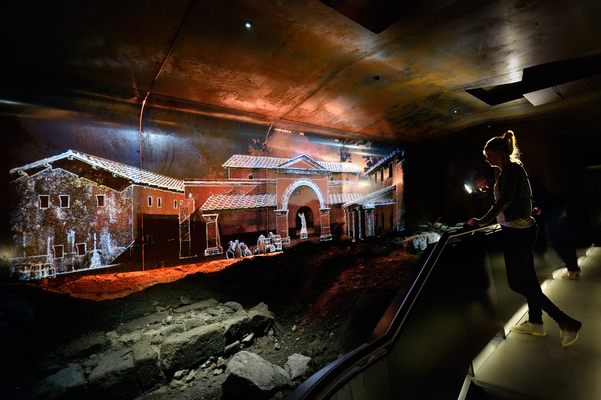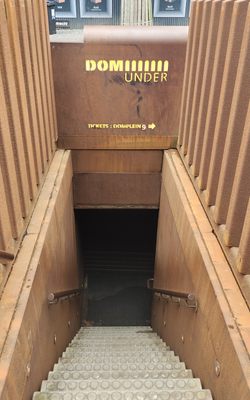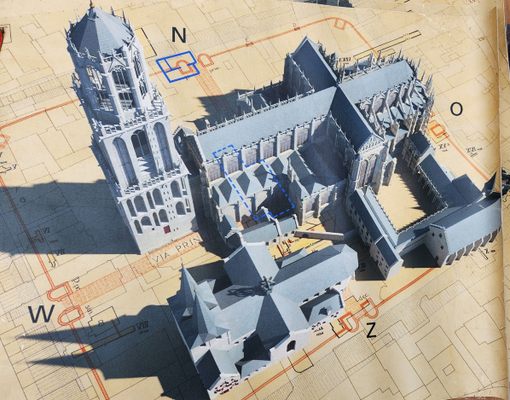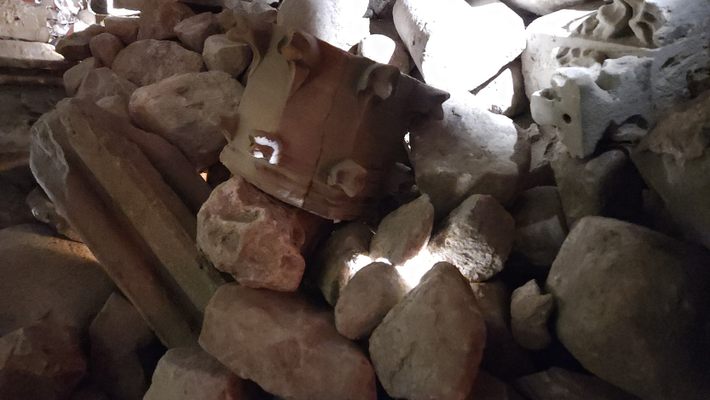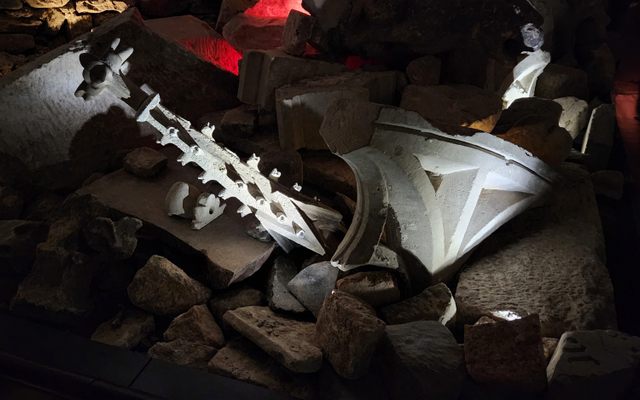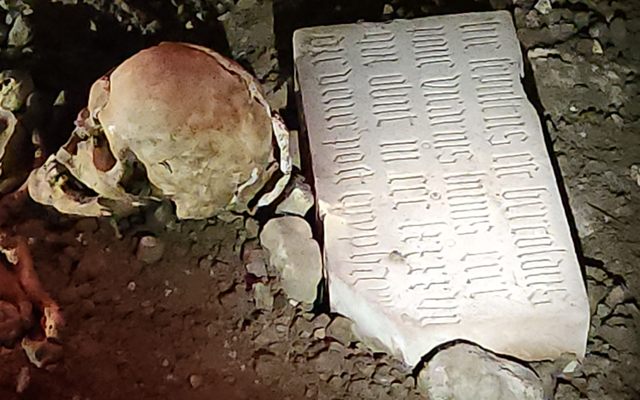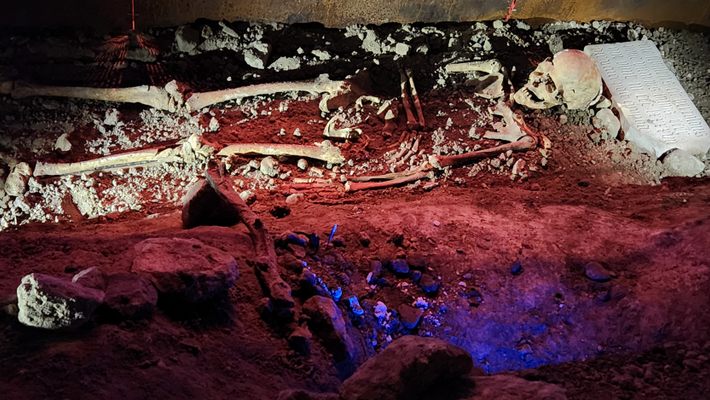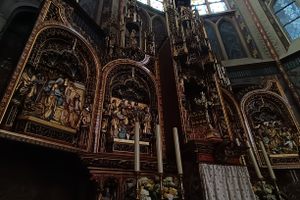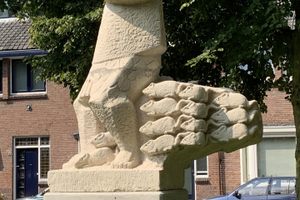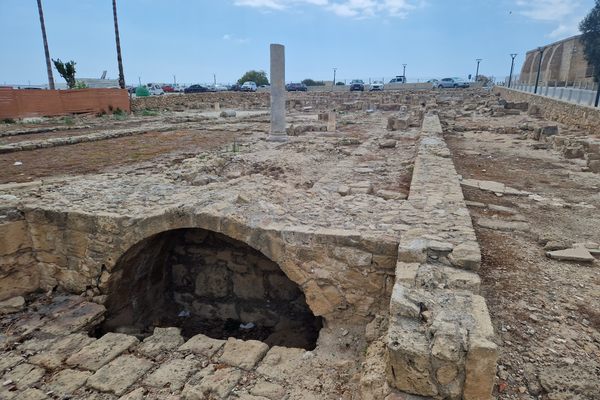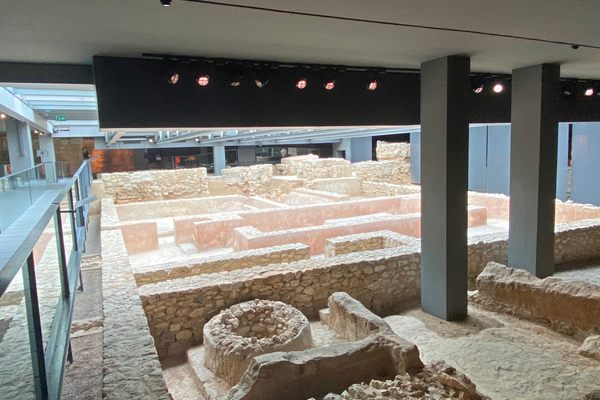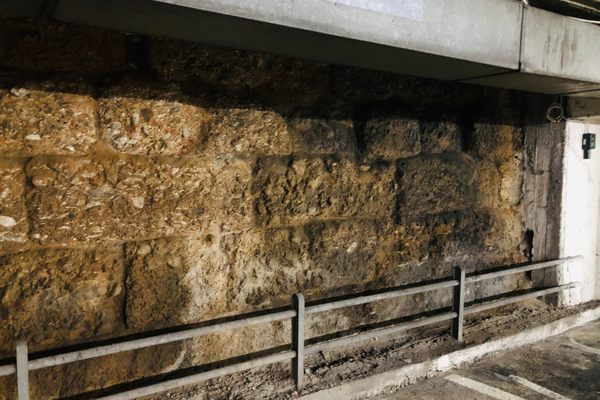About
The Holy Roman Empire was dominant in Europe throughout the Middle Ages with many sites in Europe serving as a hub with palaces constructed for imperial activity. One such palace (Lofen) was in Utrecht, Netherlands. In 1253 the city suffered a fire that lasted nine days, during which it is believed Lofen was destroyed. The location became the property of the chapter of the Dom Church.
Many iterations of development are believed to have occurred; the major ones presented as architectural rendering when touring the site.
On August 1, 1674, a storm hit Utrecht. Some say a hurricane but others a tornado which seems more likely as the destruction was very selective. The nave of the cathedral that occupied that site at the time came crashing down, largely destroying the church but leaving other buildings of the complex intact. Towers of 5 other churches and all but 2 windmills in Utrecht did not survive the storm.
The nave was never rebuilt, but the basic structure of the area is currently represented using different colored bricks to indicate the footprint of the nave and its supports. This area is now an open pedestrian walkway.
However, near the center of this is a secured stairwell providing access to some of the original underground support structure of the nave as well as piles of holy stonework presented as rubble. The tour includes a CGI recreation of what it would have been like being inside the nave during its collapse, it's fairly terrifying.
Though it is believed several people were killed during the collapse, only one skeleton remains and is also presented in this underground tour. Nobody seems sure as to who this was, which is odd as there is a headstone is right there! Most theories involve a patron of the church.
Related Tags
Know Before You Go
DOMunder offers ticketed tours, see the website for times and booking. The tour lasts about an hour, and roughly half the time is spent in the subterranean ruins.
Community Contributors
Added By
Published
June 20, 2023
